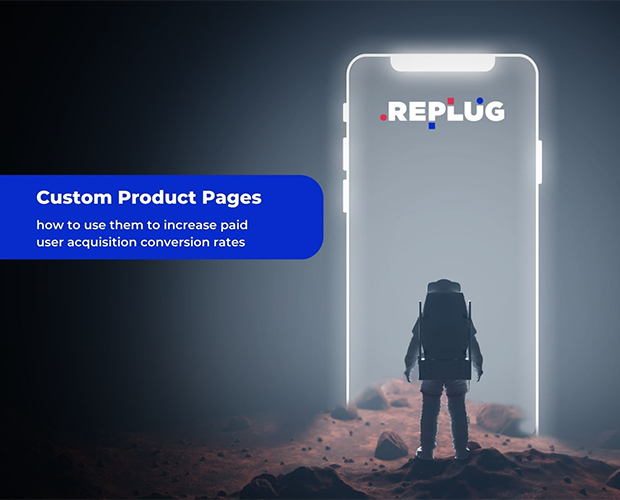In part 2 of their take on mobile as a marketing channel, Mika Huhtamki Co-founder and CTO of Finnish mobile publishing and software company Max Rumpus looks at what you need to consider when designing rich marketing concepts for the mobile channel

Beyond acronyms
Telecommunication acronyms are used widely when new products are being launched and marketed. As we all know, this creates confusion, because initially, those acronyms were designed by and for the telecommunication engineers when they specified certain technologies and new protocols. These acronyms are clear and understandable when the context and meaning of the technologies is understood, but if not, they only increase confusion for everyone else.
For marketing people, it is important to understand the mobile ecosystem from the content and concept point of view. What matters here is the complete understanding of the bigger picture, the main components of it, and relationship between these components.
This model, used to explain the workings of the mobile world, is a simple mind map that will introduce three main areas that are relevant for designers and concept people. These areas are: Networks, Handsets and Services.
Networks
Networks are the basic infrastructure of the mobile universe. They are the pipeline for delivering data. When people speak about networks, they usually speak in terms of technologies such as GSM, CDMA, GPRS or UMTS. These acronyms describe the network technologies, but can usually be simplified to measurements of speed. Networks themselves are always about data transfer and the technology dictates the transfer speed.
GSM /CDMA - Slow
GPRS - Faster
UMTS (3G) - Fastest (currently)
The speed and availability of the network are usually the main concerns for the designer. In most cases, speed matters when designing online data services, such as an updating news service, or other services that require high transfer speeds, such as streaming videos or music.
Handsets
In this model, the handset is the device, with differing technical capabilities from one device to the next, in terms of the amount of memory, processing power, screen resolution and operating system. A handset can be compared to a computer with a monitor, hardware and operating system, but no actual applications on it. In this context, people may speak, for example, about Symbian, Nokia Series 60, Nokia Series 40, or other manufacturers' platform-related technologies, which usually reflect handsets hardware, capabilities and operating system.
From the mobile marketing campaign point of view, handsets provide the base ground for the mobile concept, in terms of quality and performance. Just like the desktop environment, it is often easy to get the same program to run on lots of different computers, but performance varies, based on the combination of hardware and operating system. Sometimes, this means that the maker of the software or content optimises the performance for a particular platform or device. This means that designers looking to maximise the quality of rich mobile experiences simply need to research what handsets are in their own target audience's hand, along with the limits of the networks in their market, so that they can create similar optimisations.
Services
Services consist of the enabling technologies that operate on top of networks and handsets, such as SMS, WAP, XHTML, Bluetooth, MMS or Java, et al. These technologies are used for implementing mobile concepts of different types. Most services are programs that are pre-installed to the handset. Because of the variety of services offered from one handset to the next, it is good to know if the enabling technology is both available on the targeted handsets, and provides the intended experience.For example, SMS is on nearly every handset today, and is easy to use. But the graphic capabilities of SMS for branding and interactivity are far below what is possible through other technologies. As a result, we look to these other technologies on the phone to give different and sometimes richer experiences.
For several years now, Java has been one of the most widely installed services on mobile handsets. According to Sun Microsystems and the research consultancy Ovum, as of October 2005, there were 1.07 billion Java technology-enabled phones globally. Its capabilities enable the creation of rich mobile experiences on a huge majority of handsets. Our Maxdox software uses Java to enable and provide mobile publications, with combinations of text, graphics, animations and interactivity that can be designed for the mass market to use. Other services like SMS, Bluetooth and WAP, work in combination with Maxdox to enable easy delivery of publications to the phone.
Creating mobile concepts that add value
By combining the understanding of Networks, Handsets and Services with the understanding of the personality of mobile, marketers can build the valuable mobile concepts that really get noticed, and which are well-received by consumers. But it is also important that as a marketing team creates concepts, they should consider each of these different areas, with respect to the end users needs, and the desired experience that produces the best value. This means examining closely the entire concept outside of mobile and its relationships with other channels, so that the mobile part is designed to use its characteristics and unique personality to bring the most value to the end user. It is the additon of well thought-out, value-adding mobile campaigns to the marketing mix that best helps marketers use mobile to reach places that are personal and untouched by other media.
Max Rumpus is a Finnish software company which created and markets Maxdox Mobile Publisher
software, which enables client companies and mobile agencies to create content-rich publications for mobile devices.
Read Part 1







